
Getting the Most out of WhatsApp Groups With Less Screen Time

10 Rules for New Moon Wishes & Manifesting 🌚
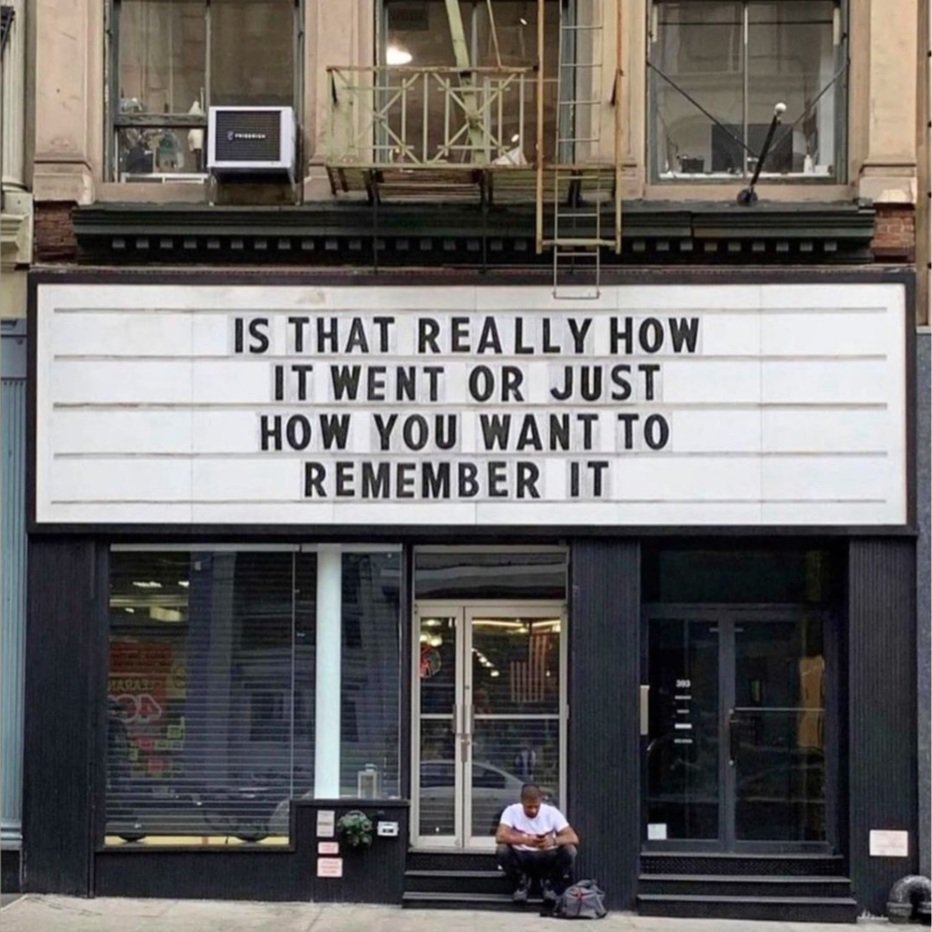
Is this my habit or yours?
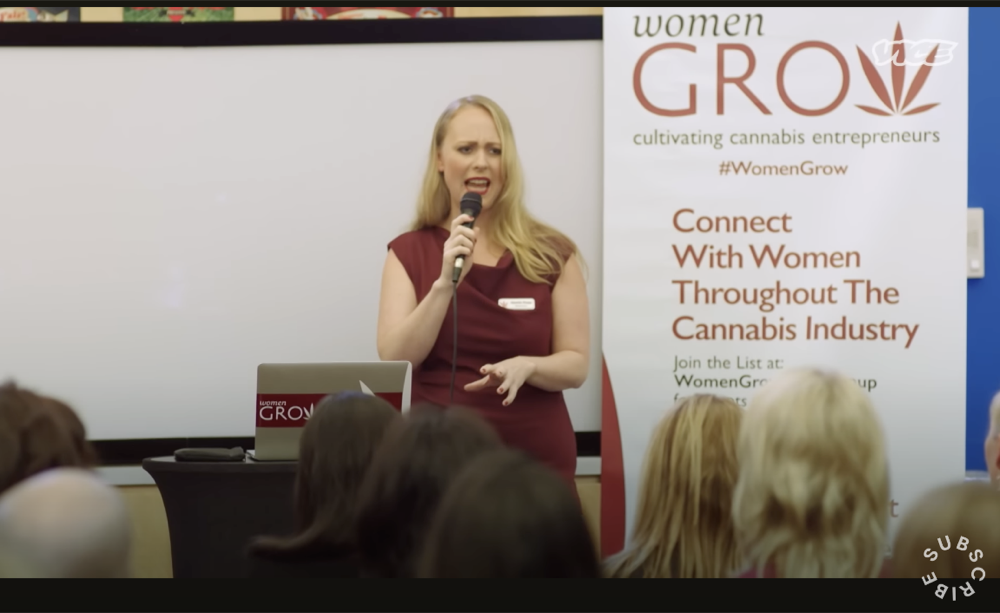
Watch 2015 Me on Vice
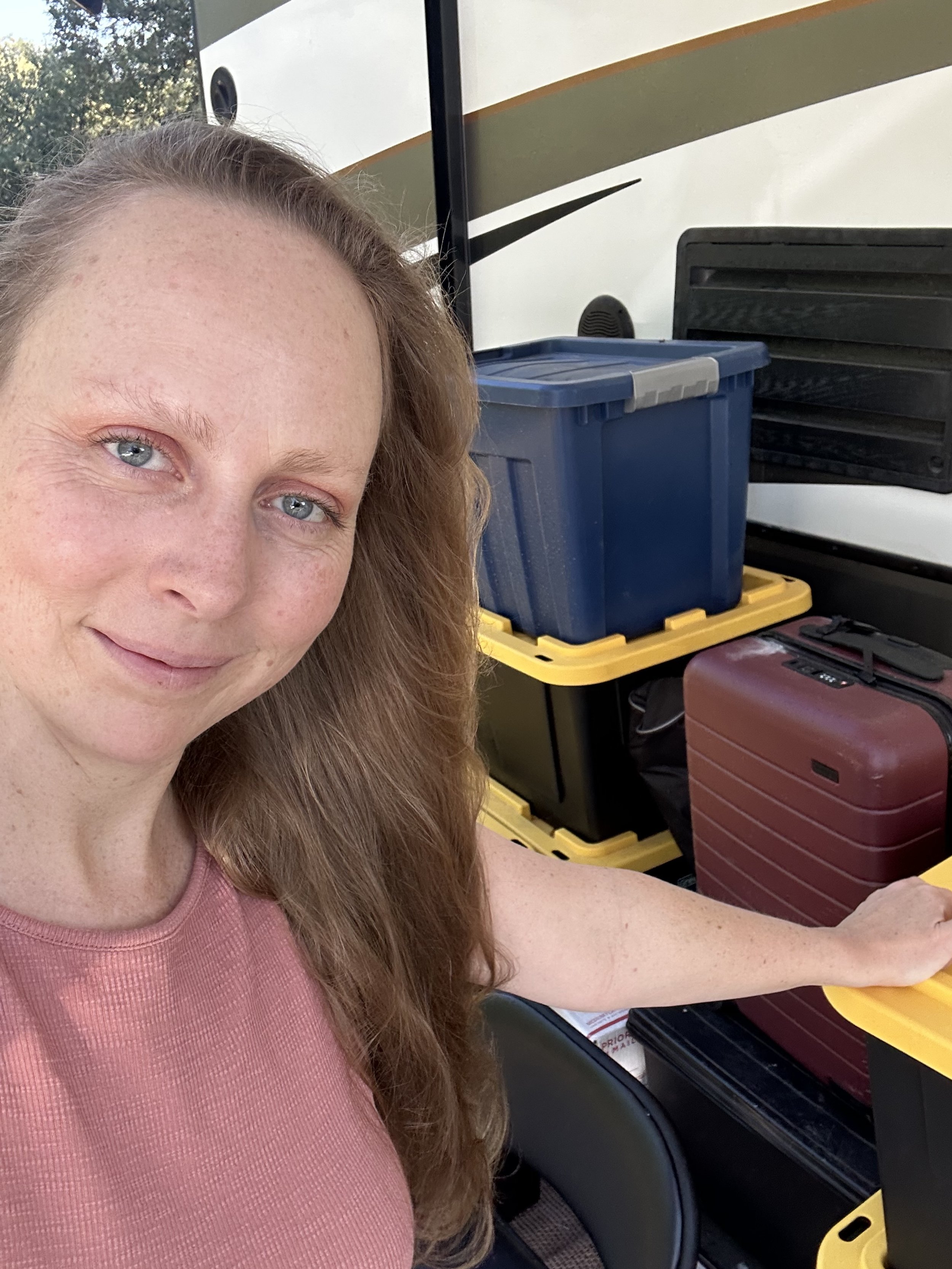
11 Lifestyle Changes You Must Make Before You Become a Digital Nomad
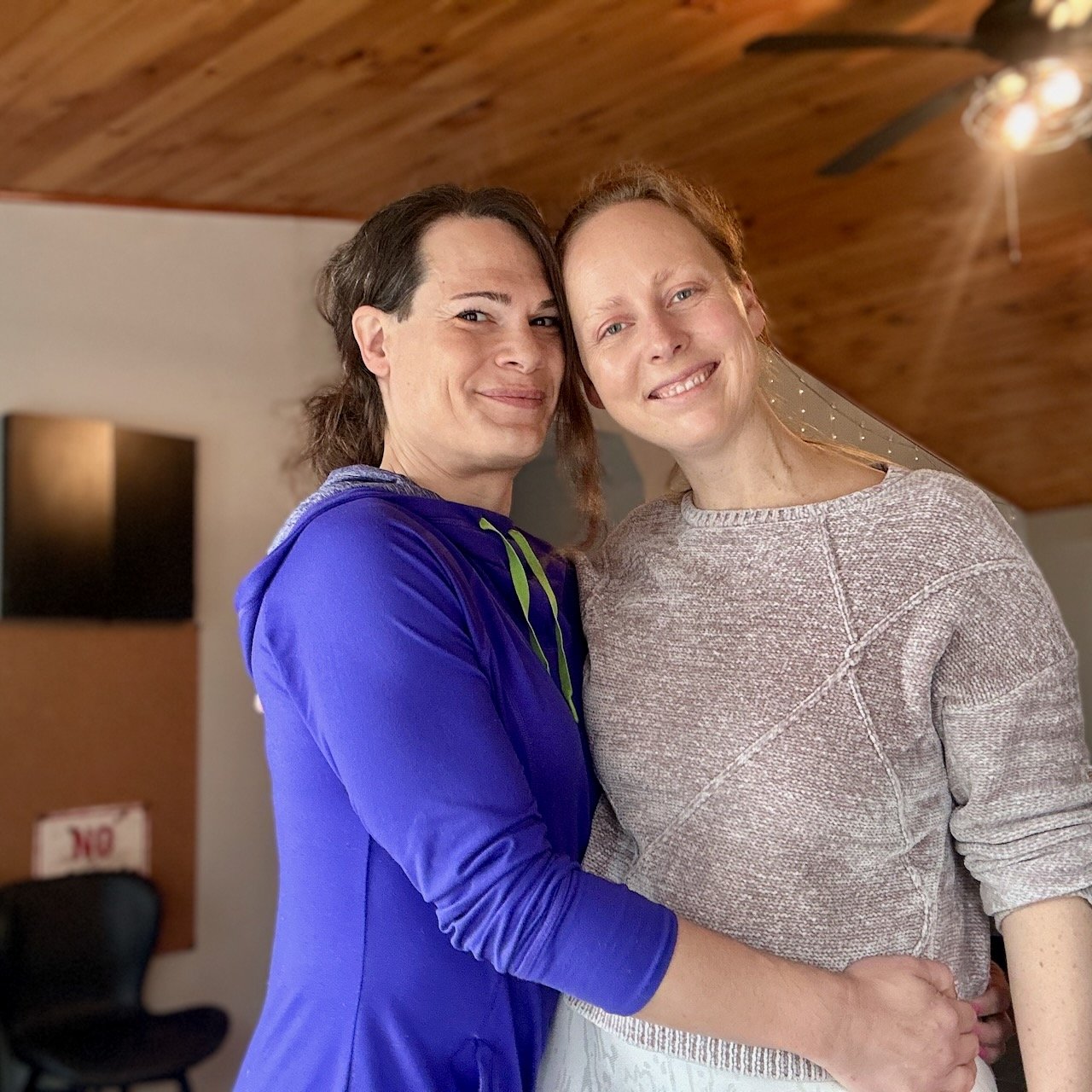
Fix the 3 Mistakes I Make When Setting Goals

10 Free Self Healing Techniques I Use

How to Get Found On The First Page of Google as a Coach, Creator, or CEO — My 25 Year Old Formula
After 25 years of writing websites, I’m finally going to share my simplified process to land on the first page of Google search results. Beyond any trend or trick, this is the well-worn path that has worked no matter how many times Google changes their algorithm.

How to Write a Bio for a Job You Made Up
The more people that can remember what you’re about, the more likely those people will be to send you the right connections. This isn’t a vanity exercise. You will learn how to use the art of writing to get the right connections to come to you.
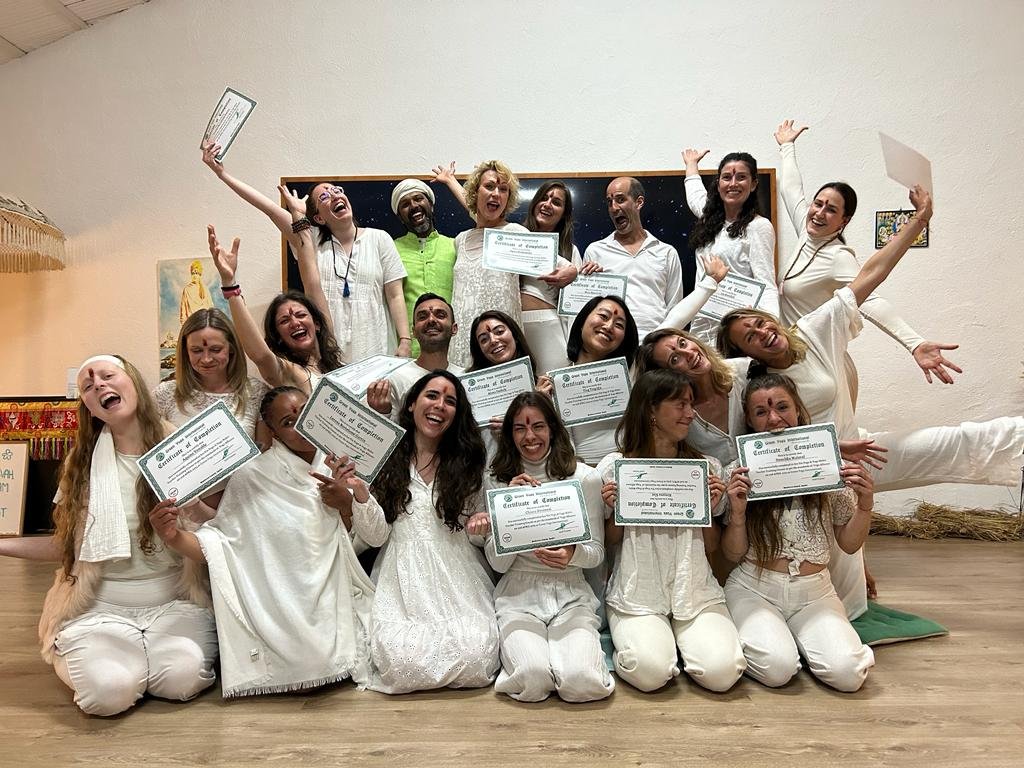
How to Thrive at a Group Retreat as a Highly Sensitive Empath
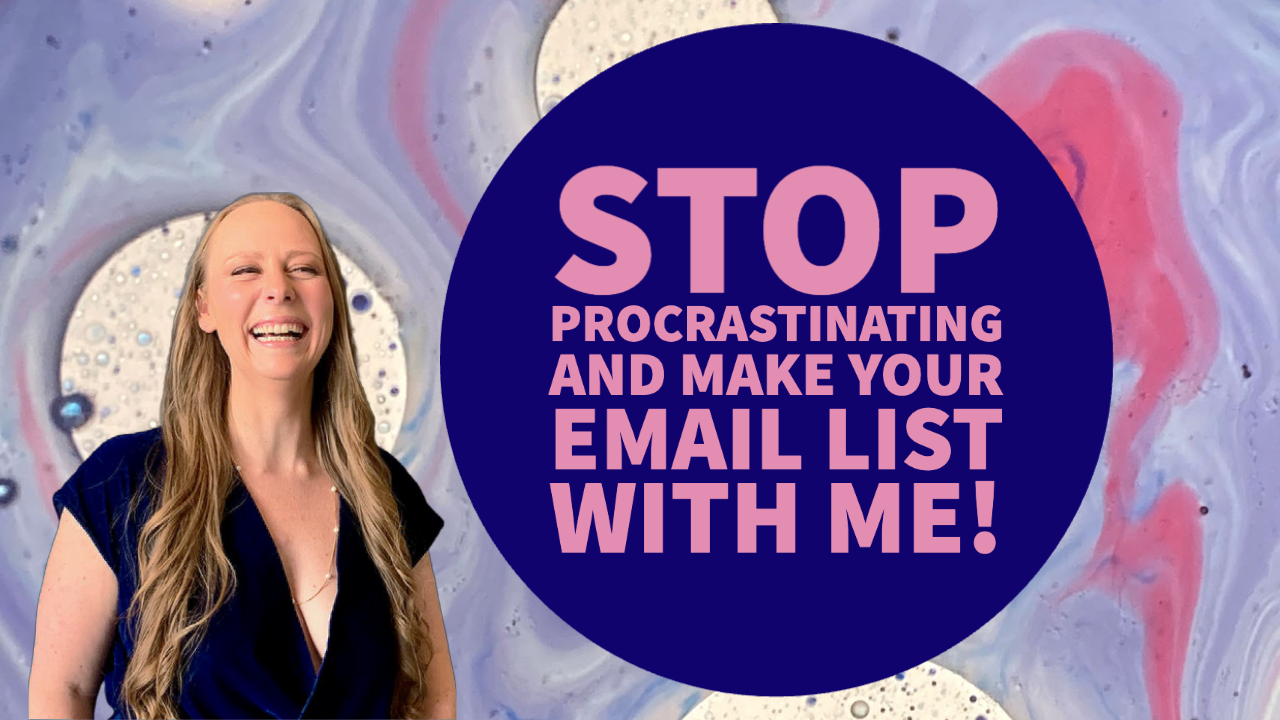
How to Start Your Email Marketing List from 0 with Free Tools

8 New Ways to Start Your Bio Right

Getting Ready to Date Online
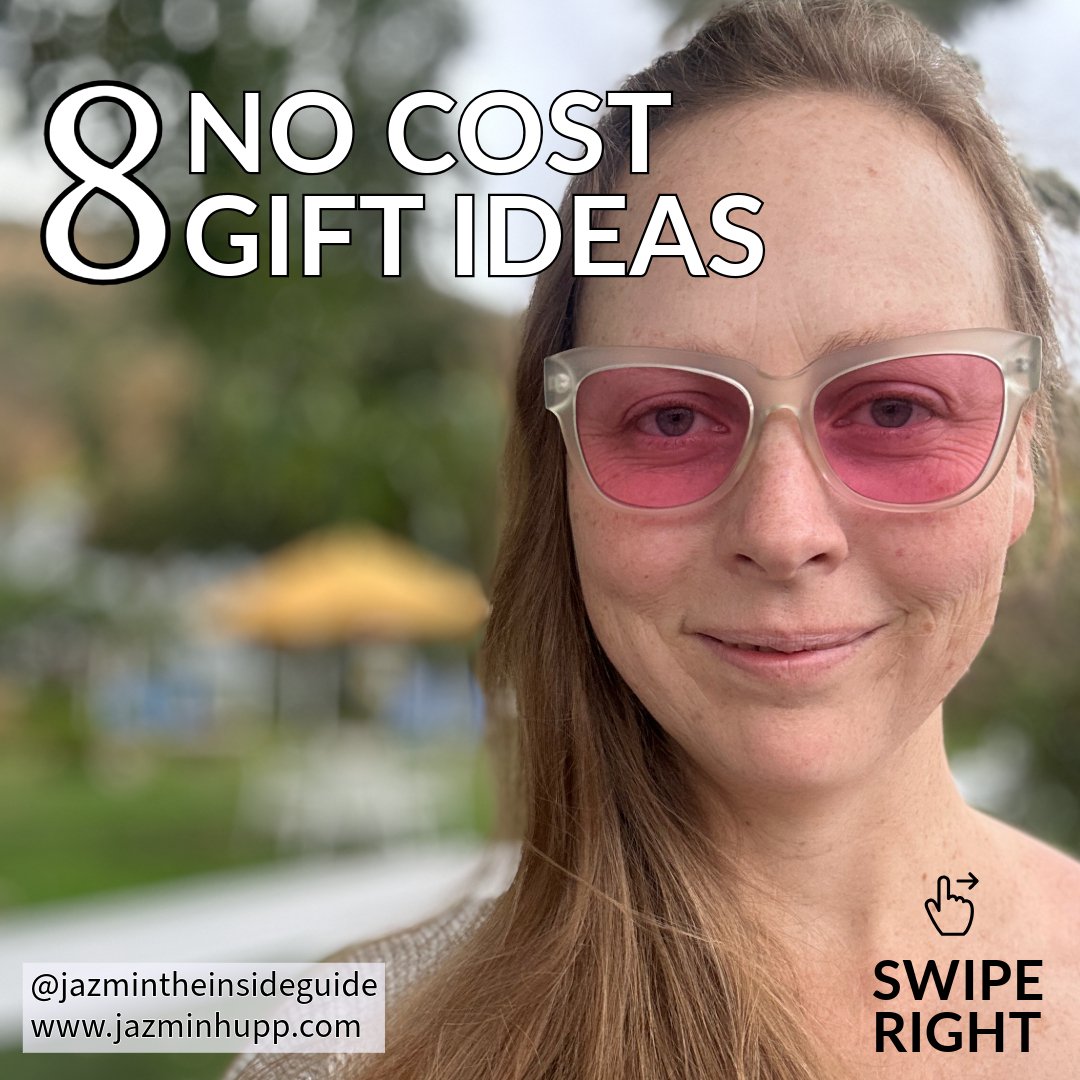
No Cost Gift Ideas for 8 Different Friends
Want to skip buying junk and get your friends what they actually need? Check my gift idea list with no cost gifts for 8 different friend types.
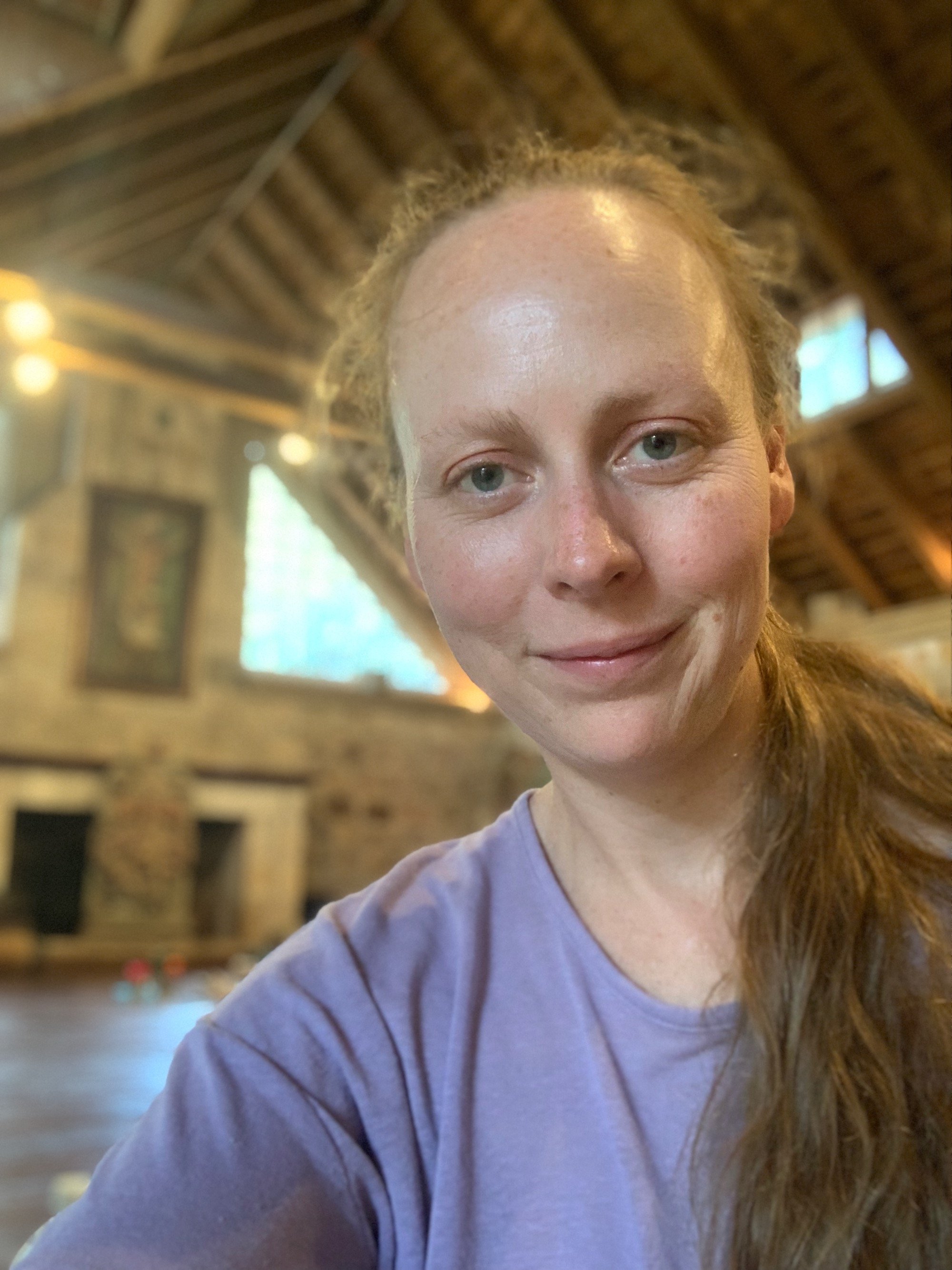
19 Qualities to Cultivate for Psychedelic Guides

8 New Habits for Lighter International Trips
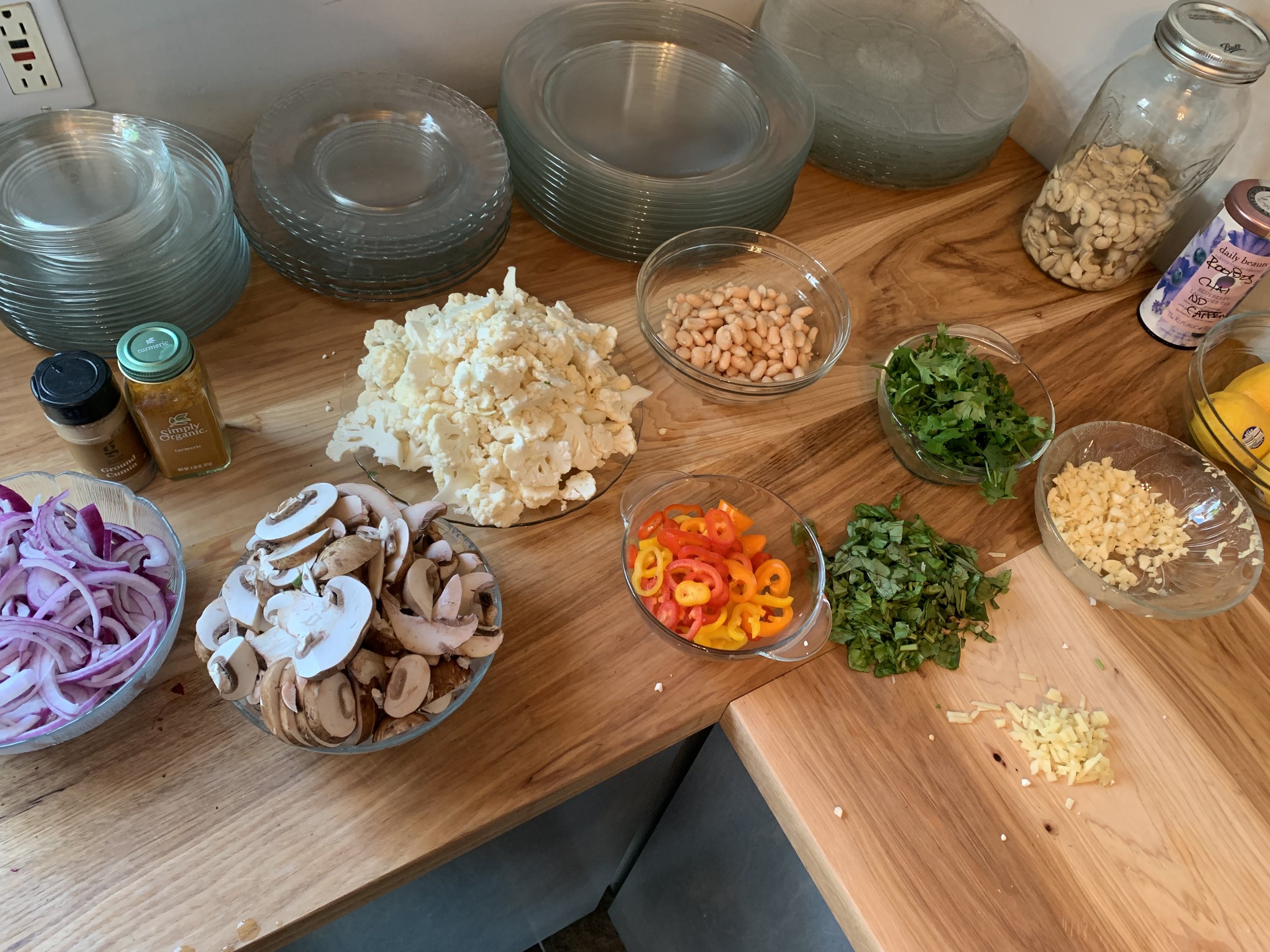
5 Ways to Eat Better & Spend Less on Food
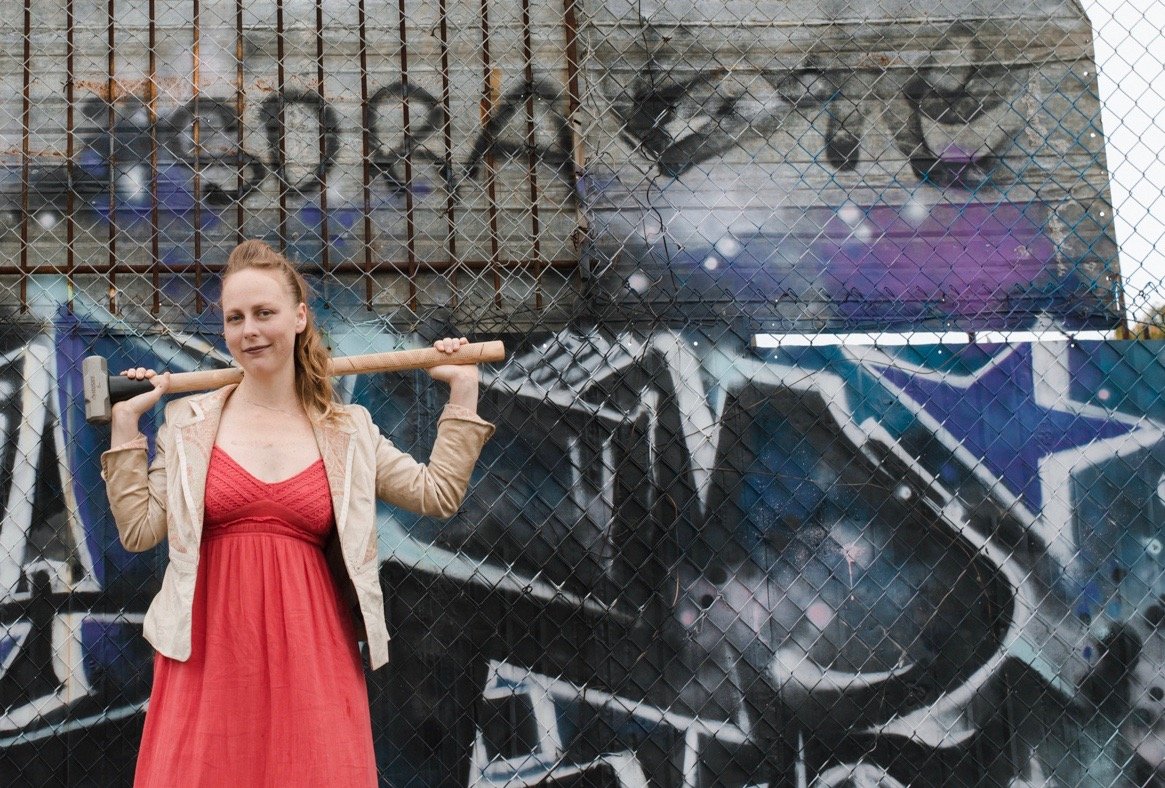
Venture Capitalists are Cowards
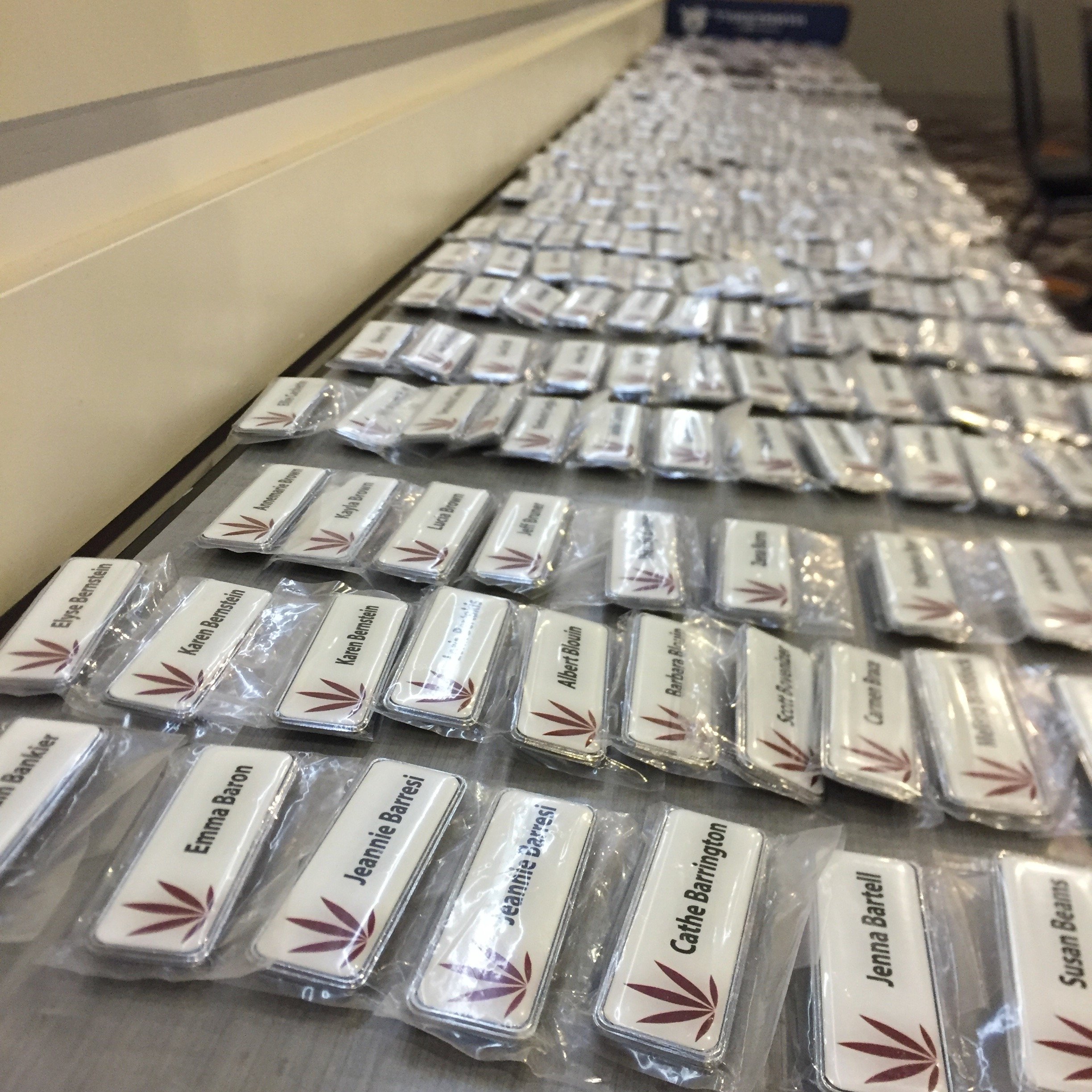
How to Create Events That Scale Magically ✨
